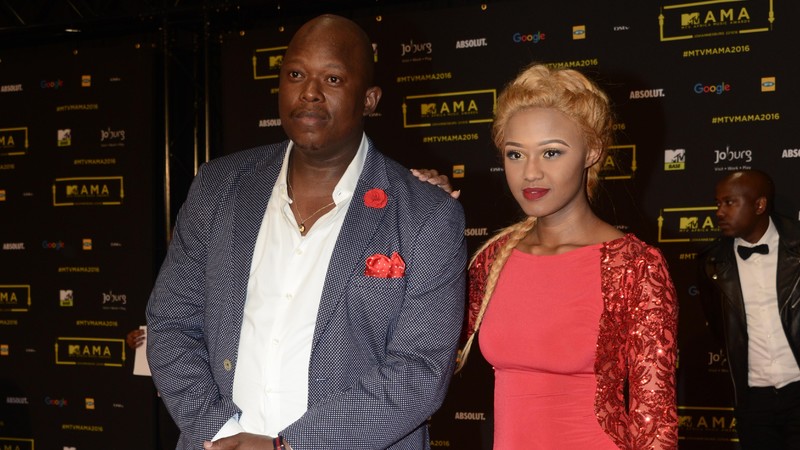In the early hours of Monday morning, gqom artist Bongekile “Babes Wodumo” Simelane went live on social media app Instagram with graphic visuals of her partner, Mandla “Mampintsha” Maphumulo launching a physical attack on her.
Simelane is seen asking her attacker “Ung’shayelani? Ung’shayelani?” and saying “Ng’zok’bamba uzobona, ung’jwayel’amasimba”, which loosely translates to “Why are you hitting me? Why are you hitting me?” and “I will catch you out, you are disrespecting me”.
Speaking to News24, People Opposing Women Abuse activist Rosie Motene said although she couldn’t speak on the artist’s behalf, the video looked like a cry for help.
Earlier, Simelane’s sister, Nondumiso, told Channel24 that the violence was a “regular occurrence”.
While the video sparked outrage among many South Africans, the perennial question around cases of systemic abuse – “Why didn’t she leave?” – was asked by many.
“The question should not be ‘Why didn’t she leave?’, it should be ‘Why didn’t he stop?'” gender violence specialist Lisa Vetten told News24, explaining that this type of questioning shifts the burden of gender-based violence from the perpetrator to the survivor.
Statistics South Africa reports that the rate of murder of females increased drastically by 117% between 2015 and 2016/17.
Simelane and Maphumulo share a personal and working relationship, and this, according to Vetten, may make it harder for her to leave the relationship.
Maphumulo not only manages Simelane, he can also be seen and heard in many of her videos and songs.
“That is very close monitoring, surveillance and isolation of an individual. It speaks to someone who is very jealous and possessive,” Vetten said.
Experts argue that the question “Why didn’t she leave?” is often asked by individuals with a very shallow understanding of the complexities of an abusive relationship.
“We have got to respect women’s autonomy and agency, this includes the process of decision-making, which is really not that easy.
“When you take that away from her, you indirectly confirm that women cannot think for themselves,” she said.
In Simelane’s case, Vetten argues that the social media video is a clear example of her process of decision-making.
“If you go back to the radio interview that exposed the abuse, you can clearly see she was not ready to confront it, but the social media video is showing us the process.
“She has come to a point where she is showing people what happened. People do not wake up and decide that they do not love their partner anymore – it is a process.”
[source: News24]





 WhatsApp us
WhatsApp us 

